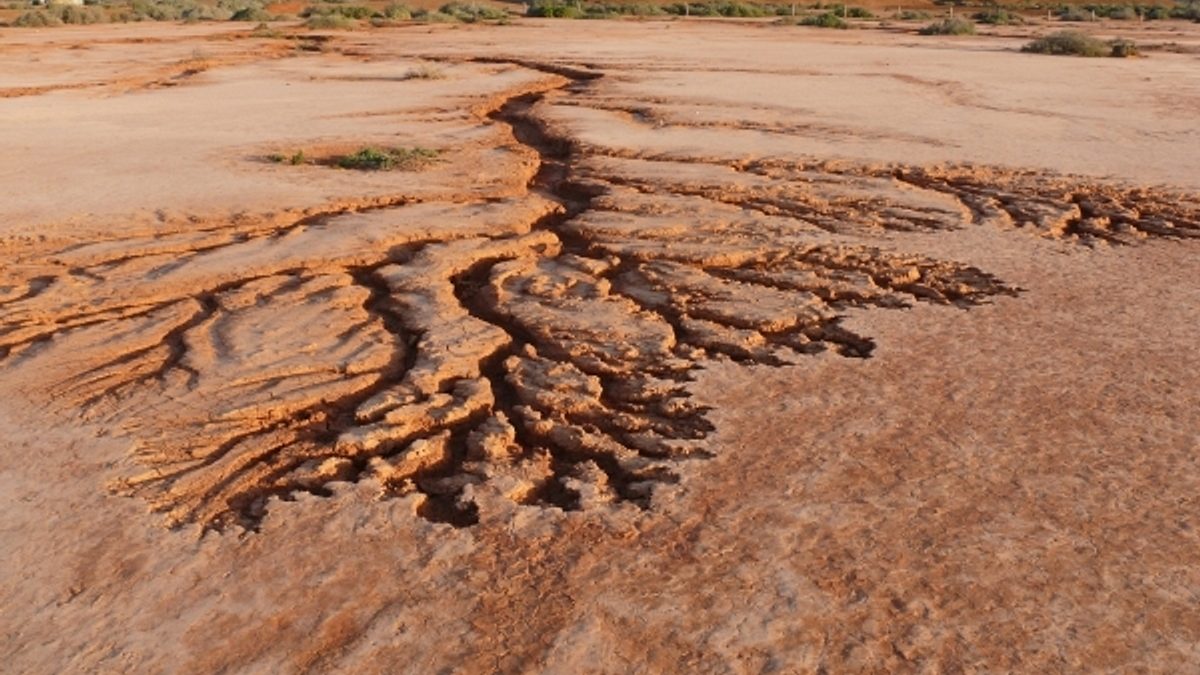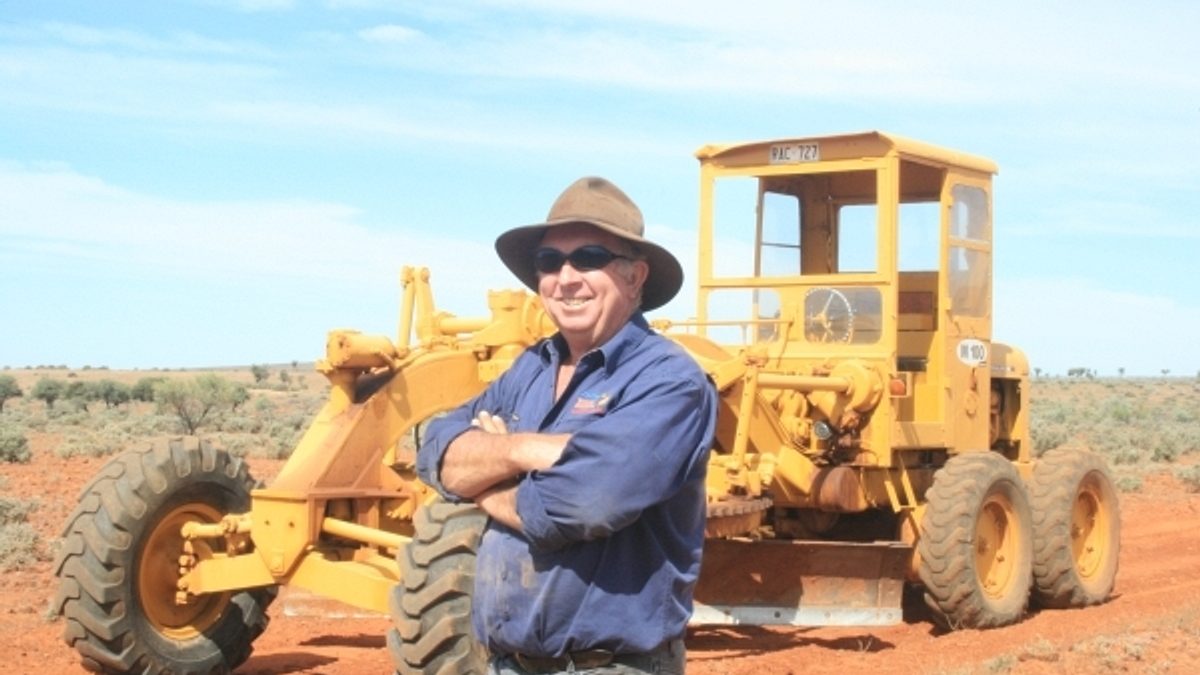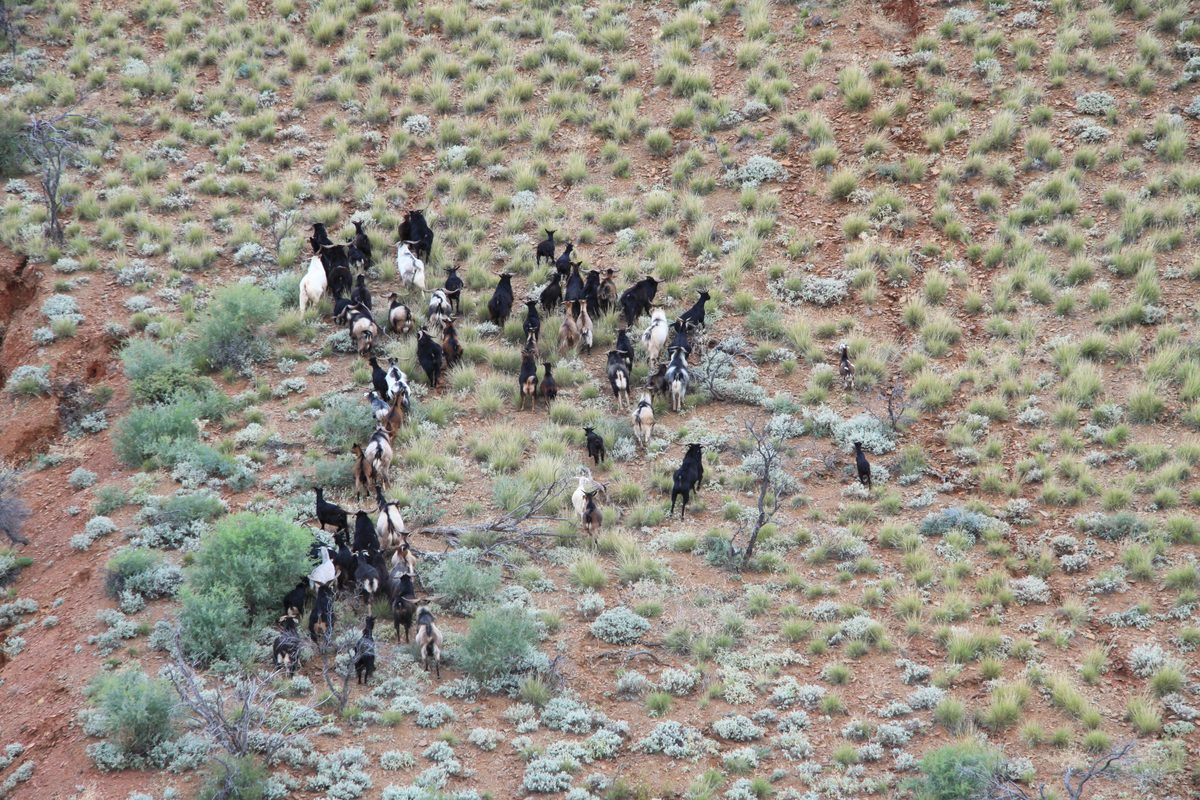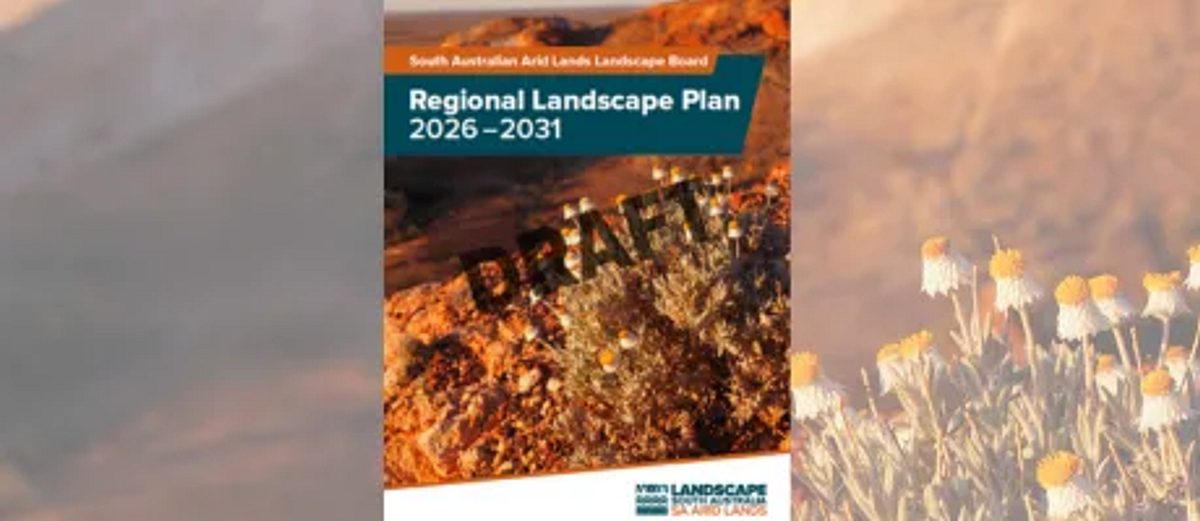Grader workshops help fight soil erosion
The treatment and prevention of soil erosion in the SA Arid Lands region was given a huge boost this year with the completion of the final round of district-based grader workshops.
Posted 24 November 2015.
Forty-two people – representing 18 pastoral properties, private contractors and council workers from across the region – attended the eight workshops at Mulgathing Station and Nantawarinna in August, and Witchelina, Willow Springs Station, Pernatty Station, Kalkaroo Station, Nilpinna Station and Umoona over April and May.
Delivered with characteristic good humour by soil conservation expert Col Stanton, participants were armed with an easy-to-read booklet that introduced participants to soil erosion types (gully, sheet and wind), impacts, causes, and best practice management.
Col then introduced one of the major causes of erosion – humans and the humble grader. Poor grading of new roads, tracks and fence lines can lower natural ground levels and/or create windrows: long, narrow heaps of soil pushed to the side after grading.
These practises can interfere with the natural spread of water across the landscape, causing water to channel, which in turn leads to gullying and starved vegetation.
Col taught participants some ‘swear words’ too – V-drains, shooting water and catch drains – all examples of poor grading practice.
As the day continued Col demonstrated practical skills in track design and maintenance, drain location and design as well as grading techniques and maintenance.
Most people had a go on the grader where they learned the importance of setting the blade so that it is sympathetic to the landscape – or ‘the angle of the dangle’ in Col-speak.
Col encouraged people to ‘read’ the landscape, asking them to consider which way the ground is sloping and where the water is flowing, to look past the ugly gullying – the symptom – and find the ‘pinch point’ that caused it, and to mark out where interventions are needed.
And he demonstrated how to fix a gully using backfill from existing windrows to reinstate the natural waterflow.
Thanks to the properties who hosted the workshops.
Here's what our participants found useful...
“How to slow the waterflow on roads and how to stop running water from making channels”
“The importance of assessing the landscape properly before actually grading” .
“Understanding the importance of ‘pinch points’ and of using soil from windrows”
“Little more confidence in the operation of a grader”
“How to fix mistakes from the past”
SAAL NRM Board, Natural Resources SA Arid Lands, Australian Government
Article originally published in Across the Outback (November 2015) by Lisa Stevens, Regional Landcare Facilitator




